Who Was Mabel Loomis Todd And Why Is She Important To Amherst?
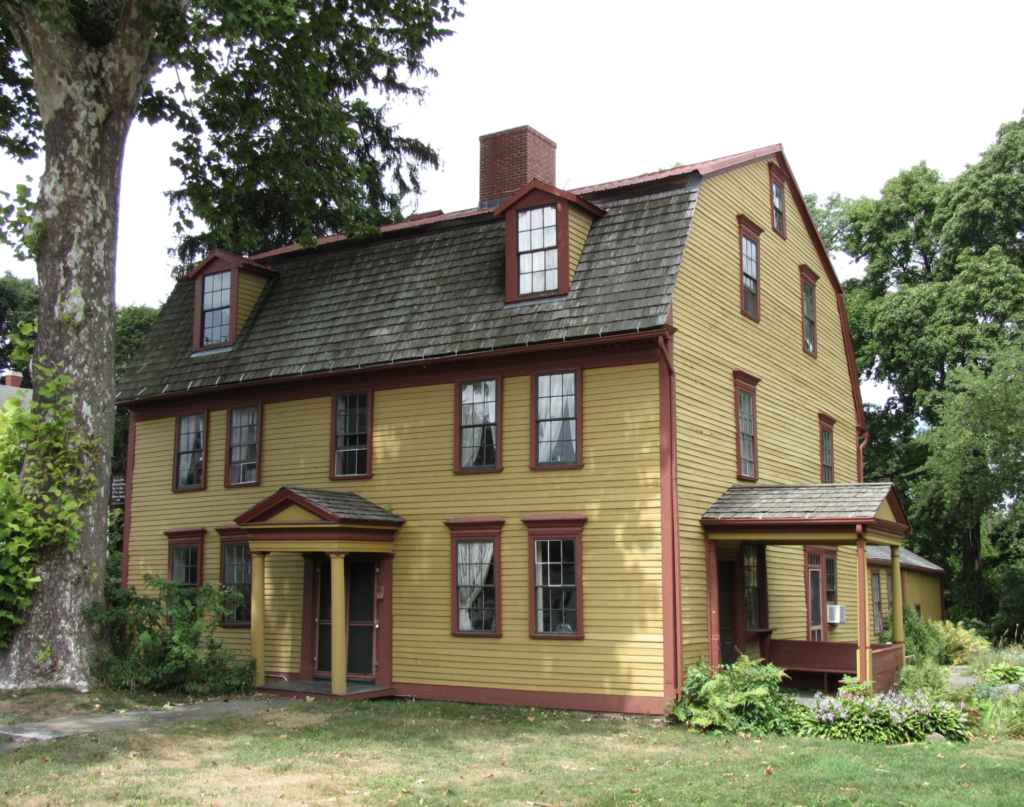
The Strong House, is the second oldest house in Amherst and home to the Amherst History Musuem. Photo: Wikipedia
Amherst History Month By Month
In our town, individuals and small organizations have often been critical in either saving our town’s cultural heritage or changing its direction by redefining what needs to be better preserved. This month I want to feature two historic places that are connected to a woman named Mabel Loomis Todd (1854-1932), who was not a preservationist exactly but who made a big impact on the cultural fabric of our town. Arguably, she is as important to Amherst as Emily Dickinson. And Mabel Loomis Todd is currently featured in a special exhibition at the Amherst History Museum that seeks to revise and enlarge her many contributions. After her death, in 1932, she was buried next to her husband, David Todd, in Wildwood Cemetery, known first on historic maps as Amherst Cemetery.
The Simeon-Strong House, Home Of Amherst Historical Society’s History Museum
The Amherst History Museum, housed at the Simeon-Strong House has just re-opened for the season with improved public access and transparency since the pandemic. It is now possible to see how the organization cares for and maintains its many and varied museum collections with new interpretations of their significance, created by student interns. In addition, a new tree has been planted outside facing Amity Street to bring back the “Bride and Groom” pair of trees that graced the grounds by the Library.
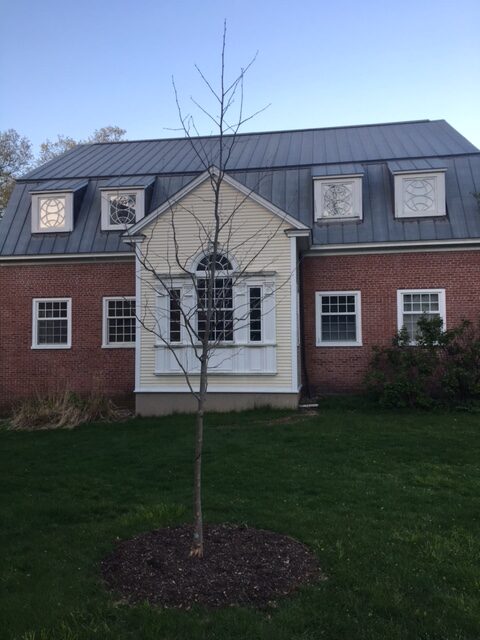

While spring is blooming outside, as if to mirror this indoors, the Museum’s trustees and staff have curated a special exhibition that focuses on the art making of Mabel Loomis Todd, one of the founders of their organization.
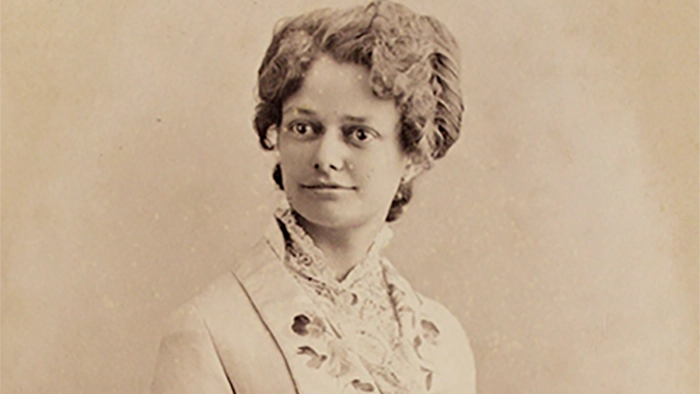
Who was Mabel Loomis Todd? She was not only instrumental in founding the Amherst Historical Society, the Amherst Women’s Club (on Main Street, near the Emily Dickinson Museum), and the Mary Mattoon (Amherst) chapter of the Daughters of the American Revolution (the D.A.R.) but Todd is also remembered as the first collector and editor of the works of Emily Dickinson. Until quite recently, she was famous for her complicated associations with the members of the Dickinson family but, according to Jan Marquardt, past president of the Amherst Historical Commission, “…If it were not for Todd’s diligent work as a curator and editor of Emily Dickinson’s poetry, the world may never have heard of the reclusive poet.”
Mabel Loomis Todd was born in November 1856 in Cambridge, Massachusetts to a well-to-do family with the means to allow their daughter to spend her childhood learning to write, paint, and have voice and piano lessons. In 1879, after graduating from Georgetown Female Seminary, in Washington DC, she married David Peck Todd. The couple moved to Amherst in 1881 where David Todd had been offered a position at Amherst College teaching astronomy. He is known for taking some of the first photographs of the transit of Venus in California in 1882 and being very curious about the red planet, Mars.

When they returned from the west coast, like many born-to-rule women of her era, Mabel Loomis Todd literally made the spatial limits of Amherst Center her home, re-creating upper middle-class circles of community and engagement in a time before female suffrage. One of her first public volunteer positions was to work with the Village Improvement Society by adding trees to Amherst Center.
In addition to publishing Emily Dickinson’s poetry, she also collected the poet’s many letters into a two-volume set entitled Letters of Emily Dickinson, published in 1894. And she wrote several travel books and a book of poems. There is also evidence of her legacy in Amherst in places like her own home, commissioned by Austin Dickinson, (her inamorata) that is, today, on the Amherst Writers Walk. The house was the first Amherst home constructed in the Queen Anne architectural style, and it is now located at 90 Spring Street, although it was originally built in 1886 at 97 Spring Street.
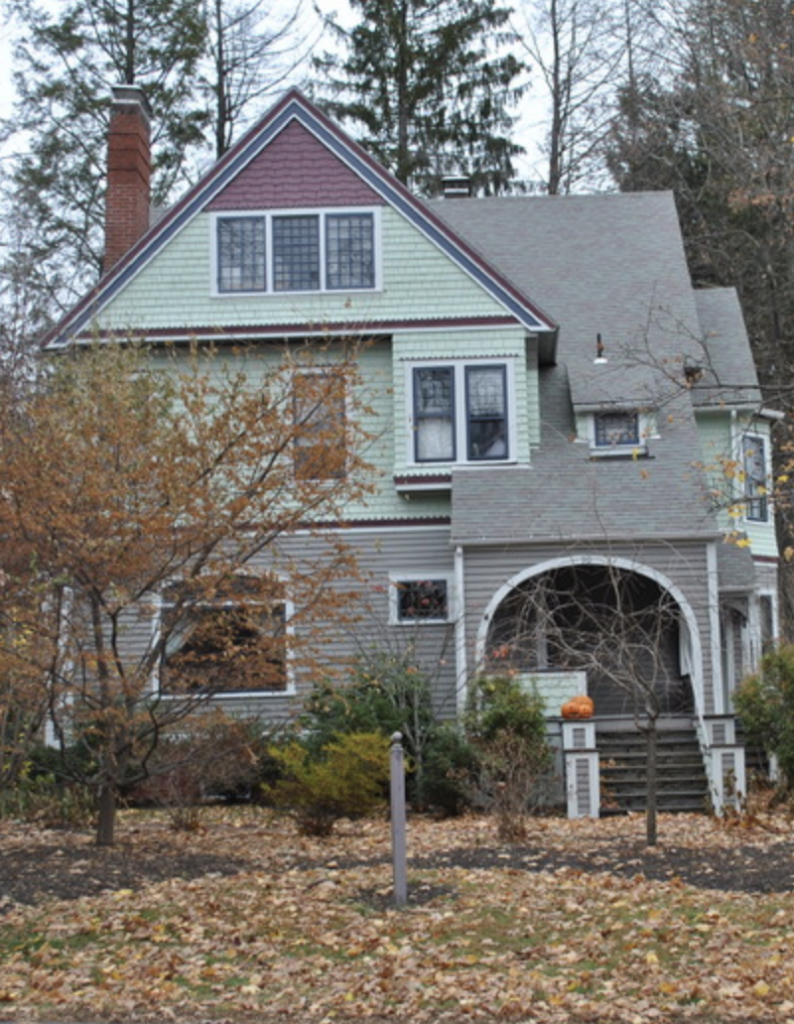
From 1898 to 1917 she lived at Observatory House, on the grounds of the Amherst College campus. Mabel Loomis Todd is buried next to her husband in Wildwood Cemetery in the Eastern Hillside A section of the cemetery.
Wildwood Cemetery
Wildwood Cemetery is a beautiful destination for a walk or a picnic – in fact, its bucolic landscaped grounds were inspired by Frederick Law Olmsted’s design of Central Park to feel more like an American public park. The Dickinson family were hopeful that Olmsted himself would come to design the cemetery but in the end, he declined and sent an extensive plant list instead. Unlike West Cemetery or other town-owned cemeteries surrounding Amherst, town officials were anxious to acquire a piece of property that was large enough so that it could be divided and deeded into family lots. With these requirements, the Amherst Cemetery Association was founded by Austin Dickinson and Henry Hills in 1887.
Historically the land near the railroad (brought to town, again by the Dickinsons, in 1856) and what is now Strong Street became part of the new cemetery. Additionally, Walter D. Cowles (one of Cinda Jones’s ancestors) sold his farm nearby so that it could become a part of the cemetery – he had been using it for harvesting lumber and had purchased the land from Fedelia Dickinson). The Amherst Cemetery Association still has an office/home in Fedelia Dickinson’s farmhouse inside the cemetery, a handsome brick dwelling that remains as a chapel for non-denominational services and committals at the site. Overall, it was decided that 20 acres would be used for burials and 54 acres would remain as managed woodland.
What I love about history (with a capital H) is that one story leads to another, and in reading the extensive research carefully curated by Rebecca Fricke, General Manager at the cemetery, there is another link to the history of women at the cemetery. Wildwood Cemetery is the resting place for four members of the Amherst Equal Suffrage League.
Finally, another interesting historic grave there is that of Josiah Hasbrook Jr. (1841-1915) the son of Montauk Indian parents who were slaves of a white man named Josiah Hasbrook. He moved to Amherst in 1897 and worked as a mail carrier.
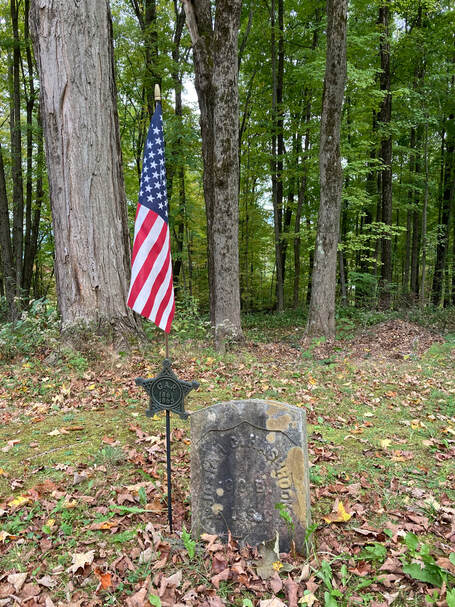
I encourage you to take one of the three self-guided tours to find out more about the history of this amazing place in our town. Wildwood Cemetery has self-guided walking tours that are accessible on their website. As my high school math teacher used to say to me, “Hetty, the problem with history is that it gets longer every day.” May it be so.
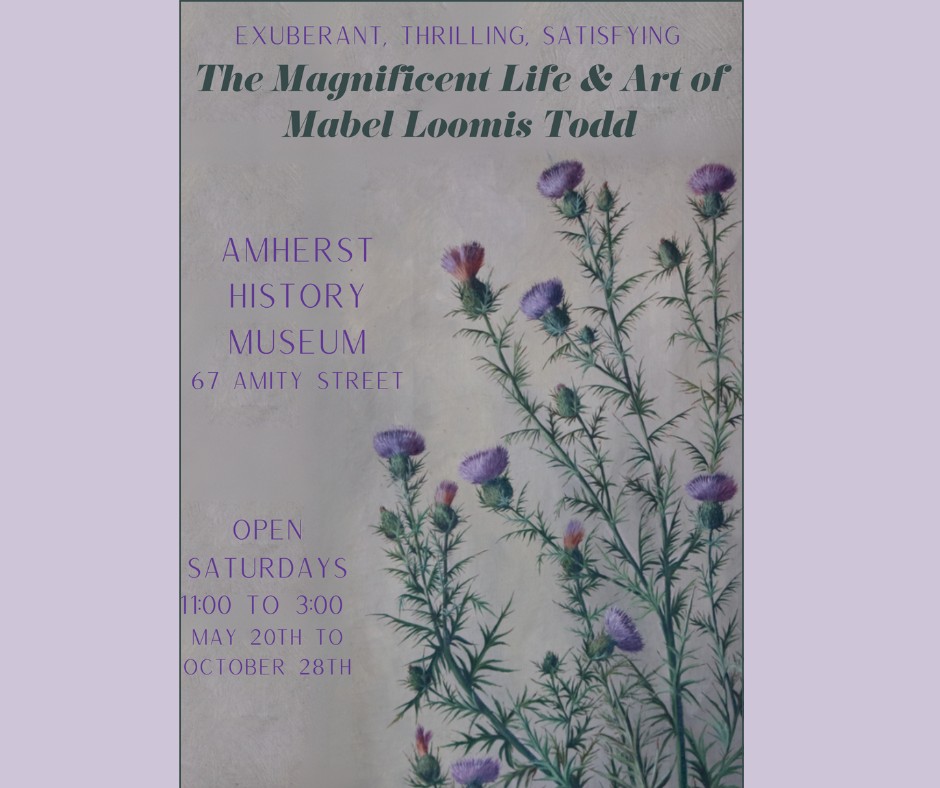

Apologies, the railroad came to Amherst in 1853 and was well-established by 1856.
Here is a wonderful article about it its opening and early history.
https://northamptondaily-ma.newsmemory.com/?publink=263b13653_134ab9c&fbclid=IwAR1Y7SSu41svIEOmTIIzYuu06Be1O57FBO7R0_JyvtnzNGUCCSKaw5g0mj0
Lots of events at the Amherst History Museum, Saturday June 10th
“We have an event-filled day planned at the museum on Saturday, June 10.
Outside, we have Art on the Lawn, the first of four art & craft shows this season on the grounds of the museum. Stop by to meet & chat with the artists beginning at 11am.
Inside, come see The Magnificent Life & Art of Mabel Loomis Todd, our new exhibit featuring the paintings and writings of the museum’s founder. Visit the newly re-installed rooms in the house, view our textile collection and our intern’s pop-up installations.
At 1:30, join us for a guided tour of the house, led by the President of our board of trustees.”
and more on their website here https://amhersthistory.org/?fbclid=IwAR1fzMKGVHNYvSYrsqOUhNDwkftvr3jn4vuSUx3H84uTBBcvdomeCRp35xg